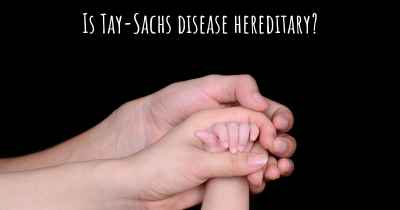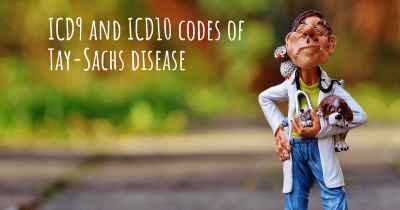Tay-Sachs disease prognosis
What is the prognosis if you have Tay-Sachs disease? Quality of life, limitations and expectatios of someone with Tay-Sachs disease.

Tay-Sachs disease is a rare genetic disorder that primarily affects the nervous system. It is caused by a deficiency of an enzyme called hexosaminidase A (Hex-A), which leads to the accumulation of a fatty substance called GM2 ganglioside in the brain and spinal cord.
The prognosis of Tay-Sachs disease is unfortunately poor. It is a progressive condition that typically manifests in infancy or early childhood. Infants with Tay-Sachs appear normal at birth but gradually develop symptoms such as loss of motor skills, muscle weakness, and an exaggerated startle response. As the disease progresses, they may experience seizures, vision and hearing loss, and cognitive decline.
Tay-Sachs disease is ultimately fatal. Most affected children do not survive beyond early childhood, with death usually occurring by the age of 4 or 5. The rapid deterioration of neurological function and the absence of a cure make it a devastating diagnosis for families.
While there is no cure for Tay-Sachs disease, supportive care can help manage symptoms and improve the quality of life for affected individuals. This may involve physical therapy to maintain mobility, medications to control seizures, and interventions to address feeding difficulties and respiratory problems.
Genetic counseling is crucial for families with a history of Tay-Sachs disease or those who are carriers of the genetic mutation. Carrier screening and prenatal testing can help identify individuals at risk and enable them to make informed decisions about family planning.
Research efforts are ongoing to explore potential treatments for Tay-Sachs disease, including gene therapy and enzyme replacement therapy. However, these approaches are still in the experimental stages and have not yet been proven effective in clinical trials.
Early detection and intervention are key in managing Tay-Sachs disease. It is important for healthcare professionals to be aware of the symptoms and risk factors associated with the condition to facilitate timely diagnosis and appropriate support for affected individuals and their families.








